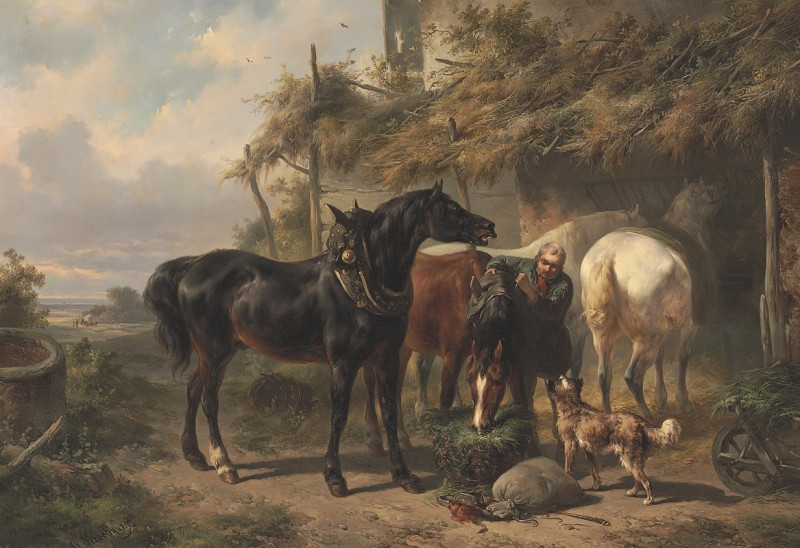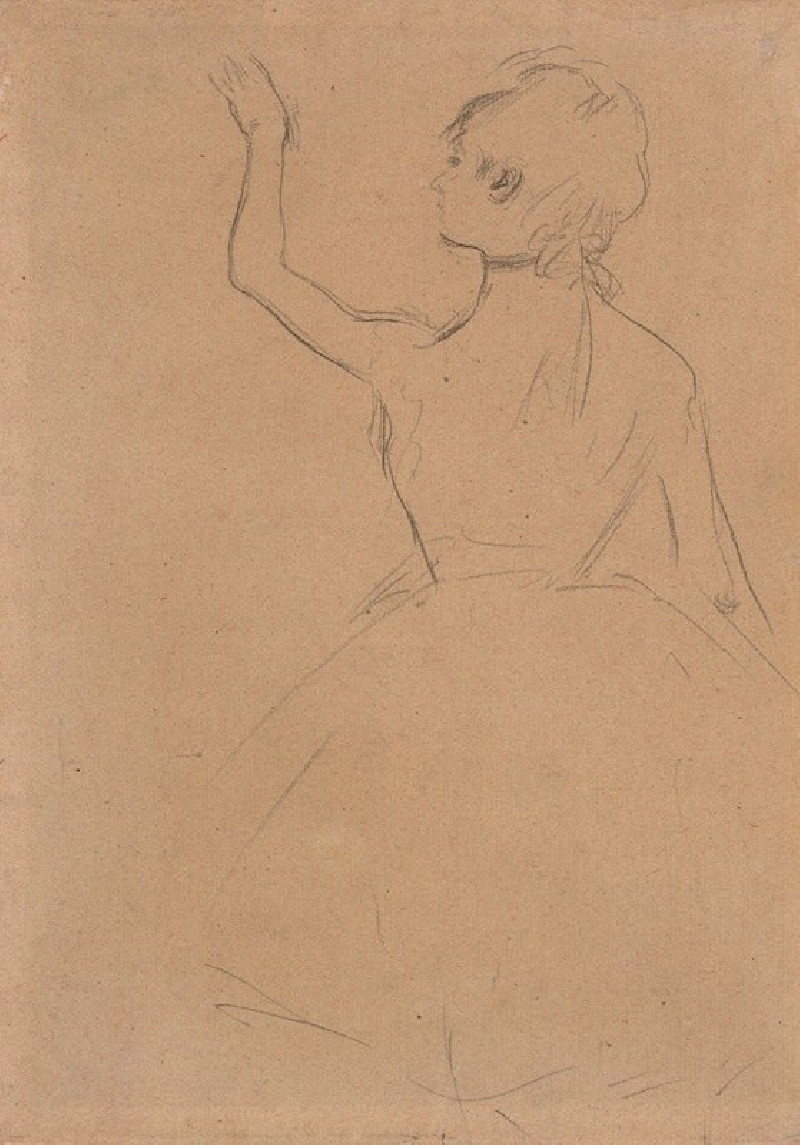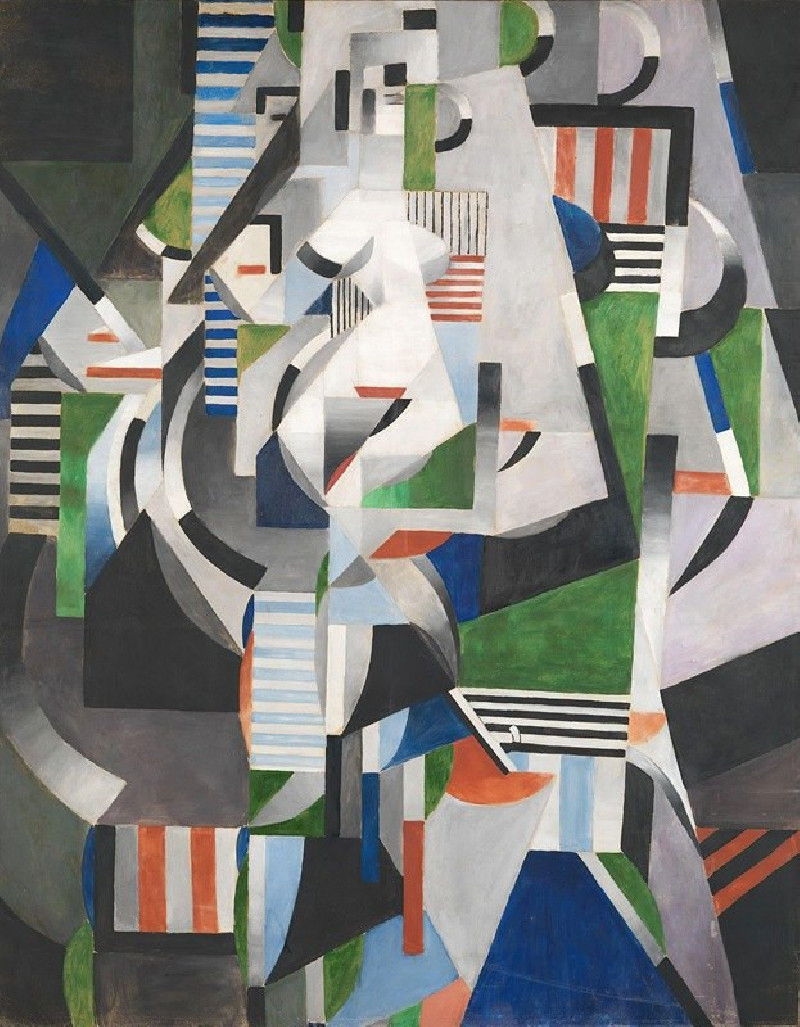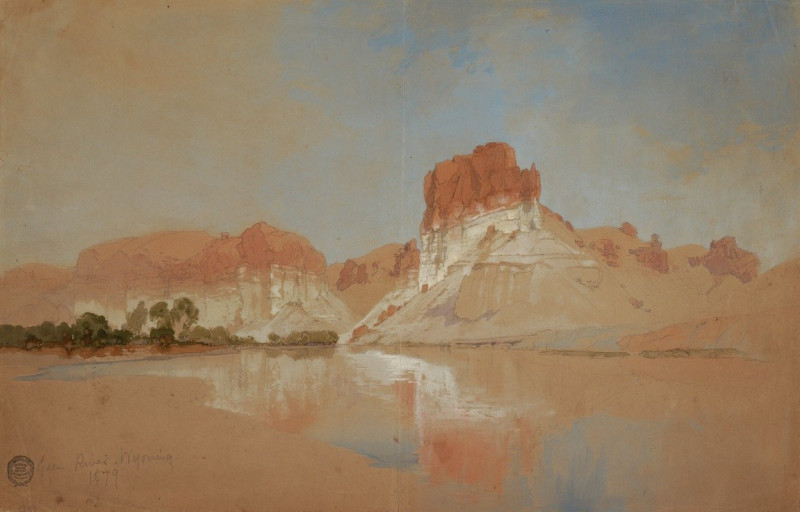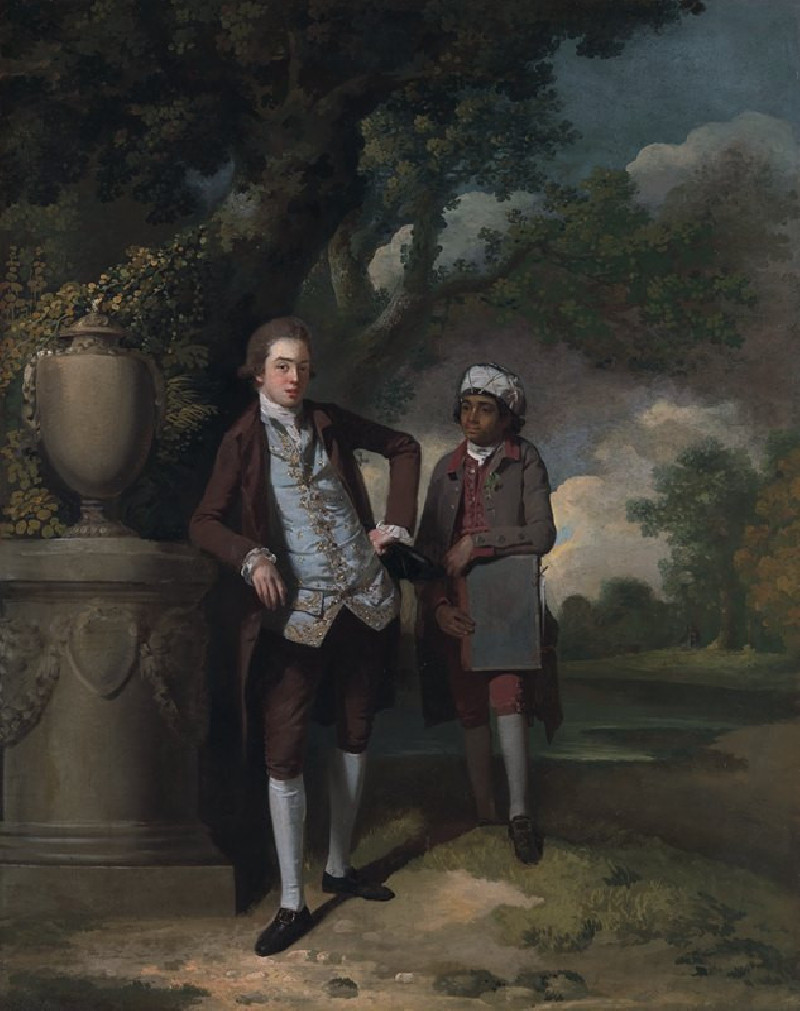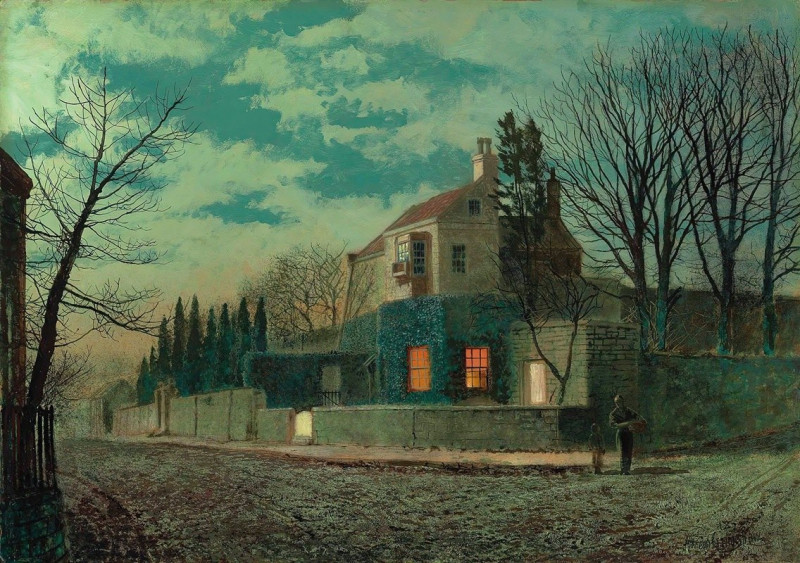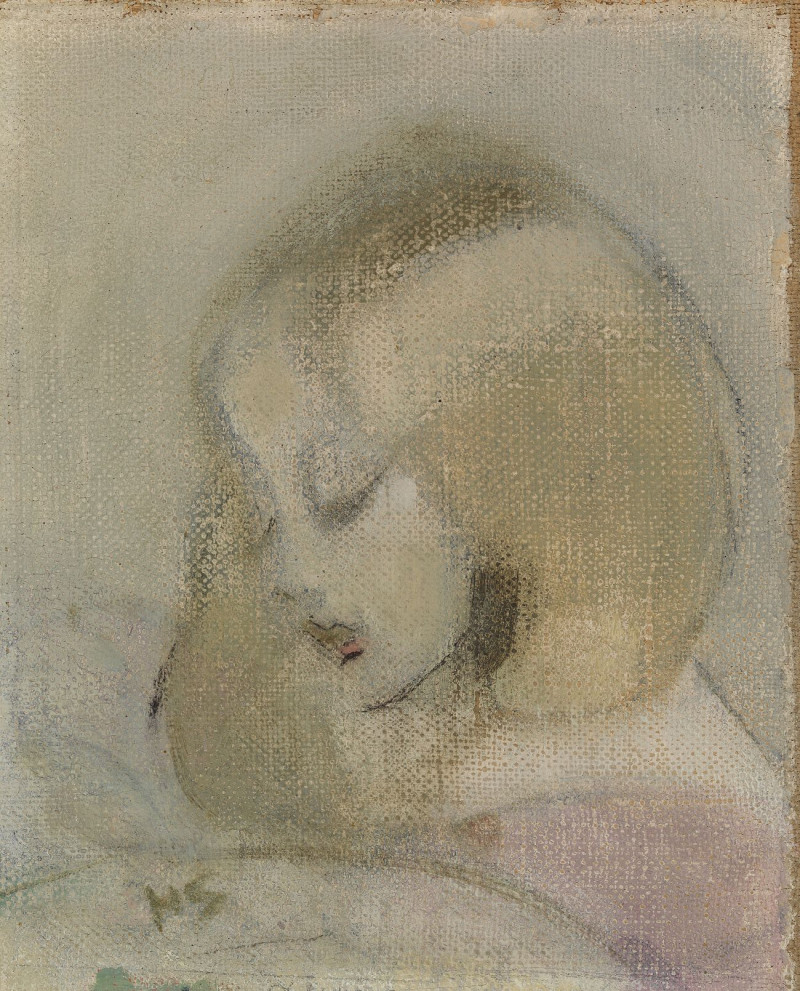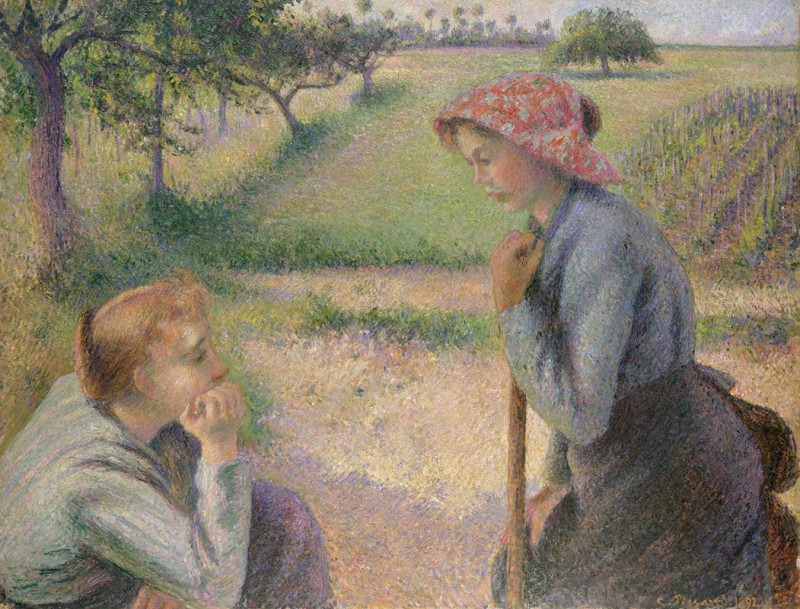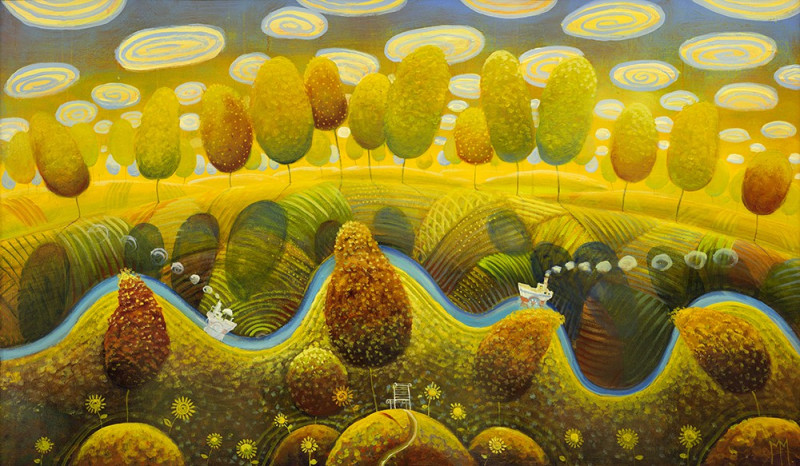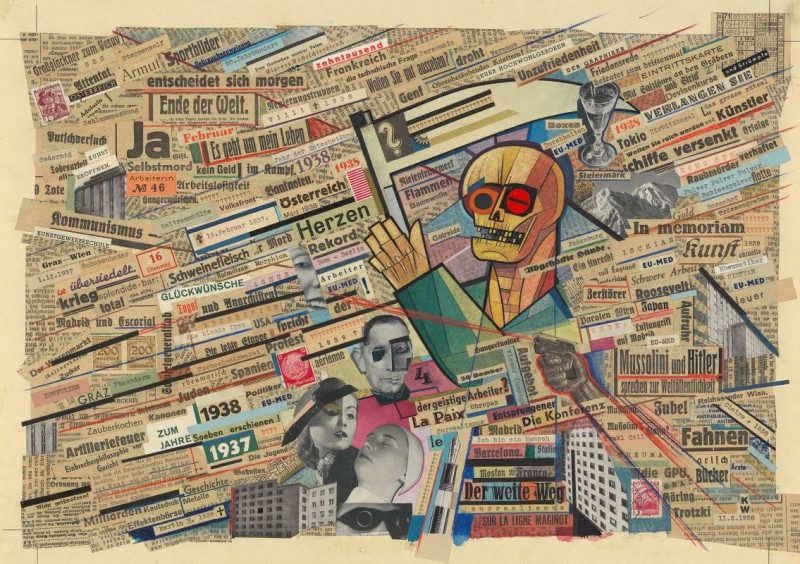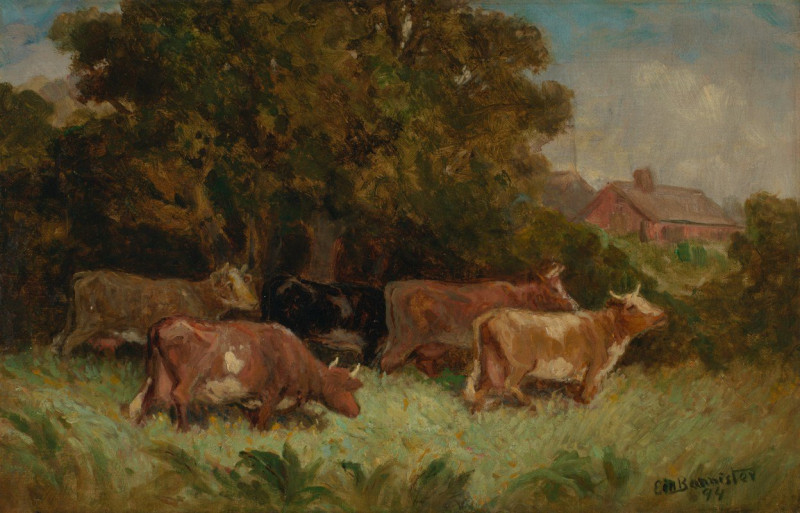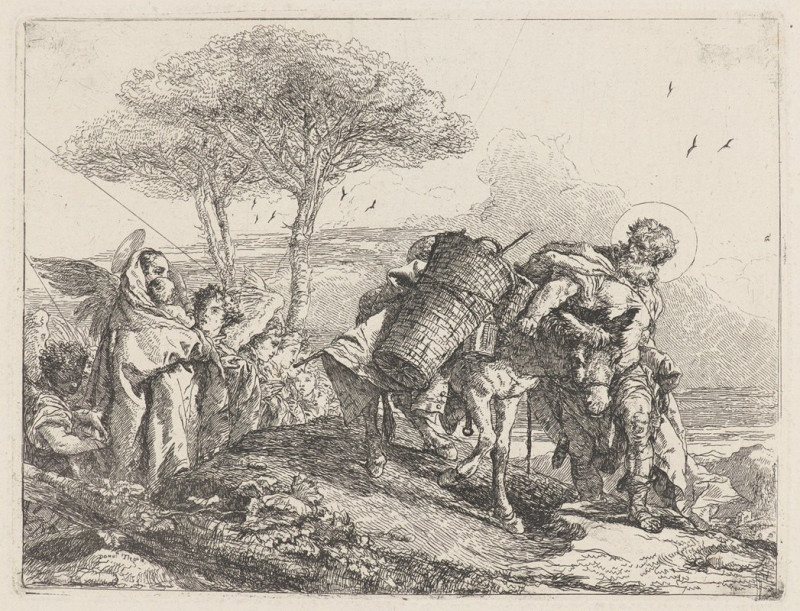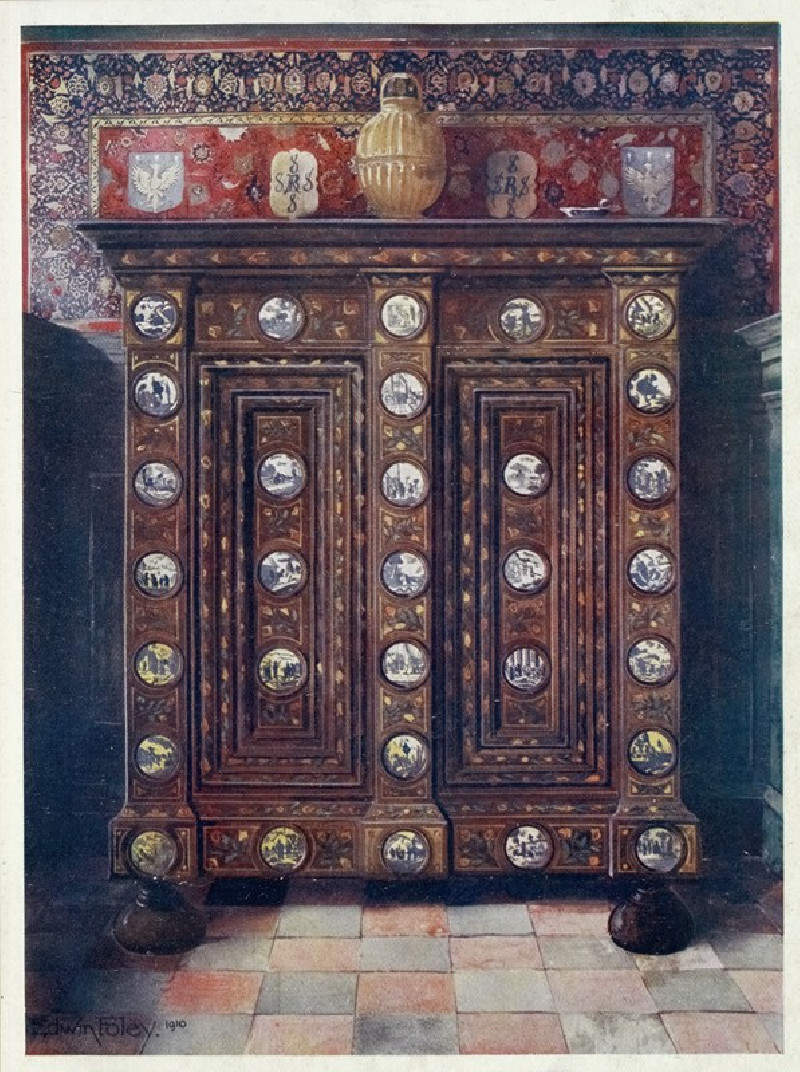At The Races
Technique: Giclée quality print
Recommended by our customers
More about this artwork
In this painting, we see a group of three horseback riders in a field. They are dressed in traditional riding attire, including caps and fitted jackets. The central figure is slightly ahead and turned toward the viewer, riding a dark horse. The rider to the left—on a chestnut horse—faces forward, while the one on the right, partly obscured, appears to be on a dark horse and is mostly facing away from us. The background is animated with a lively crowd, possibly spectators, gathered by a fence near a body of water, under a canopy of trees. The brushes of green, brown, and blue imply a vibrant, outdoor setting, suggesting the energy and movement characteristic of a day at the races.
Delivery
Returns
Édouard Manet (1832–1883) was a French modernist painter and one of the first 19th century artists to paint modern life. His impressionist style is characterized by relatively small and thin brushstrokes that create emphasis on light depiction. Manet was one of the key artists in the transition from realism to impressionism, along with Claude Monet, Edgar Degas, and Pierre-Auguste Renoir. However, he resisted involvement in any one specific style of painting, and only presented his work to the Salon of Paris instead of impressionist exhibitions. His early masterworks, The Luncheon on the Grass and Olympia, created great controversy and served as a rallying point for other young painters.
































